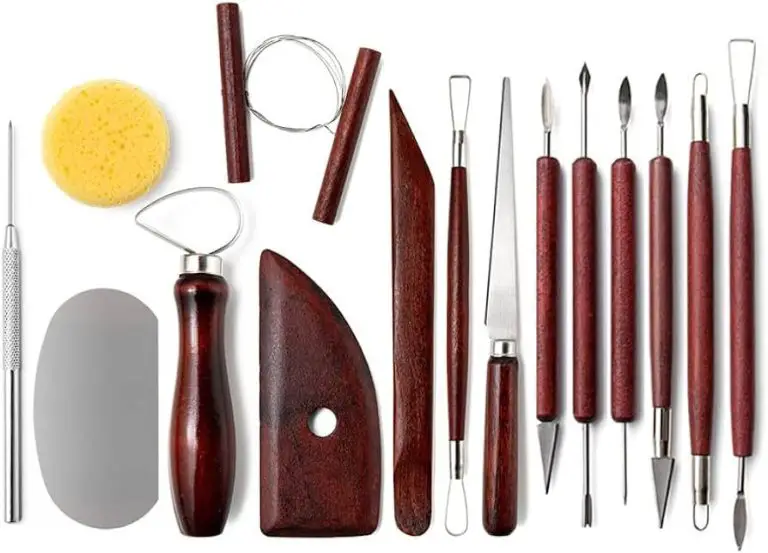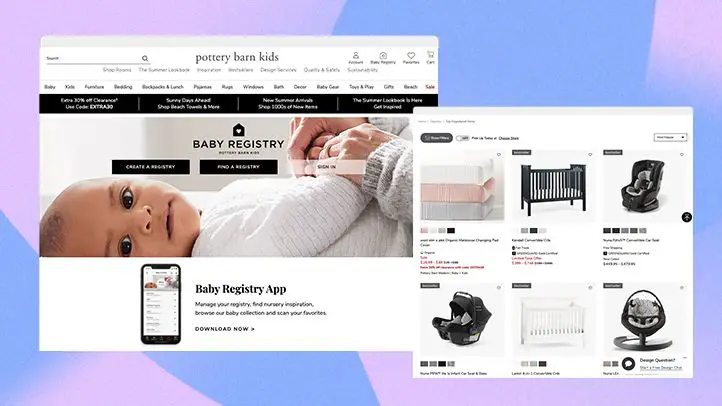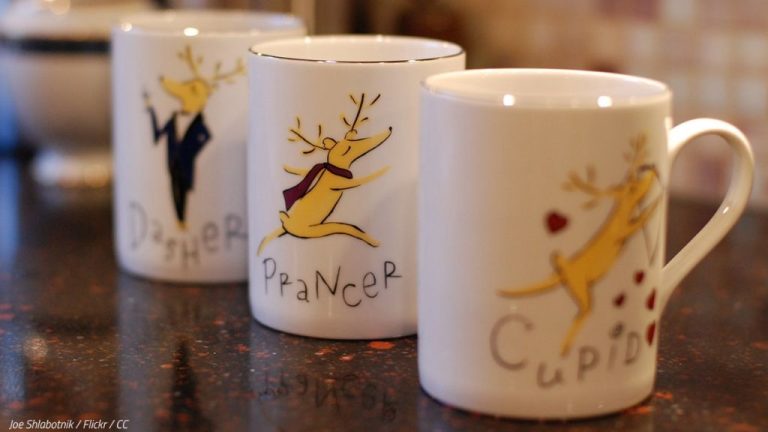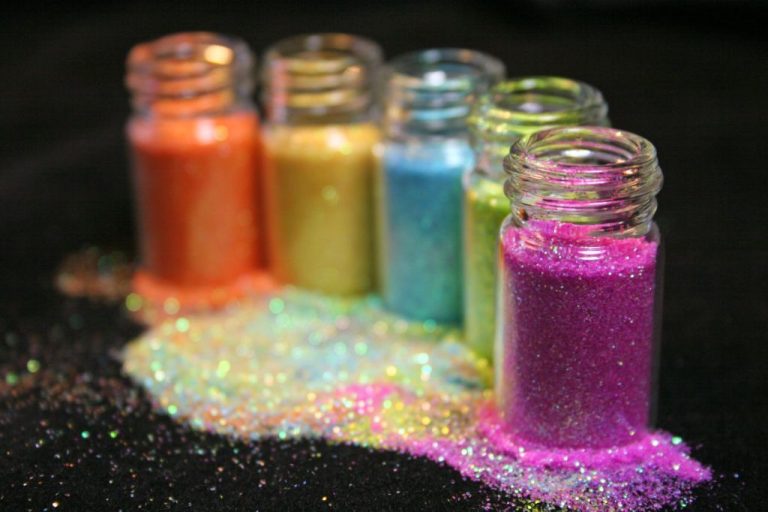What Makes Up A Lamp?
Lamps are devices that provide light or illumination. While simple lamps have been used since prehistoric times, since the 19th century lamps have evolved to utilize electricity and new technologies to produce light more efficiently and conveniently.
Early lamps used natural sources like fire, oil, and gas to produce light. The invention of the incandescent light bulb in the late 1800s enabled electric lighting. The development of compact fluorescent lamps and LED technology in the 20th century allowed lamps to become more energy efficient.
Over time, lamps have taken on a multitude of shapes, sizes and styles to fulfill lighting needs. Modern lamp designs range from minimalist to ornate, tailored to specific functions like task lighting, ambient lighting, or accent lighting. From the functional to decorative, lamps continue to be an essential element in interior lighting.
Light Source
Lamps use different types of light bulbs and light sources to produce illumination. The most common types of bulbs and light sources are:
Incandescent bulbs – These traditional light bulbs have a wire filament inside that heats up and glows to produce light. Incandescent bulbs are inexpensive but inefficient, converting only about 10% of energy into light.
LED bulbs – LED (light-emitting diode) bulbs use semiconductors and emit light when electricity flows through them. LED bulbs are extremely energy efficient and long-lasting.
CFL bulbs – CFL (compact fluorescent lamp) bulbs use gas inside a spiral tube to produce light. They are more efficient than incandescent bulbs but contain mercury so require special disposal.
Fluorescent tubes – Long fluorescent tubes contain mercury vapor that emits UV light, which is converted to visible light by the tube’s coating. Used mainly for overhead lighting.
Halogen bulbs – Halogen bulbs have a tungsten filament like incandescent bulbs, but the gas inside allows them to burn hotter and brighter. Good for task lighting.
The choice of light bulb affects the lamp’s brightness, color temperature, energy use, and longevity. Most lamps allow switching between bulb types to suit the lighting needs and interior design style.
Sources:
https://sentence.yourdictionary.com/light-bulbs
Power Supply
Lamps require electricity to operate and produce light. In most table lamps, floor lamps, and other standard household lighting, lamps receive electrical power from the electrical grid, transferred through electrical wiring in the home or building. The electricity flows into the lamp through the cord and up to the light socket. When the lightbulb is screwed into the socket, the electrical contacts in the base of the bulb connect with contacts in the socket to complete the circuit. This allows electricity to pass through the filament or other internal components in the lightbulb, heating them up to the point of emitting light.
In battery-powered or portable lamps, such as flashlights, the power supply comes from batteries housed inside the lamp base or handle. The batteries connect to contacts that transfer electricity to the bulb when the flashlight is switched on. Rechargeable flashlights may contain rechargeable batteries that can be plugged into an electrical outlet to recharge.
Some specialized or decorative lamps may rely on other power sources besides electricity. For example, gas lamps use flammable gases like propane to heat a mantle and produce light. Oil lamps use fuel oils to heat a wick immersed in the oil reservoir. However, the vast majority of common household lamps today use electricity to power the bulbs and emit light.
Lighting Fixtures
The main components that make up a lamp’s lighting fixture include the base, stem, and shade.
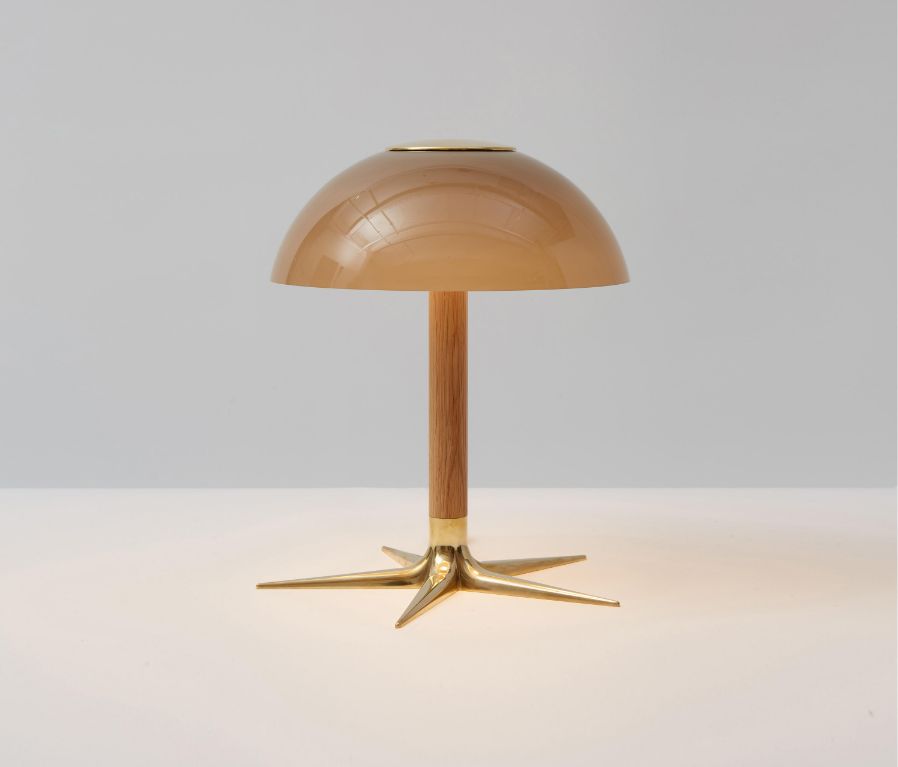
The base of a lighting fixture refers to the bottom part that connects the lamp to the power source and holds the bulb in place. Common types of bases include screw-in, pin, and clip bases. The base contains electrical contacts to power the bulb when connected to the lamp socket. 5 Parts of a Lighting Fixture and Why They’re Important ; 1. Shade ; 2. Canopy ; 3. Chain or Rod ; 4. Socket ; 5. Bulb.
The stem, also called the neck or tube, connects the base to the lampshade at the top and hides the electrical wiring running through the lamp. The stem is made of metal or sometimes glass and helps secure the shade over the bulb.
Lampshades serve the important functions of softening and diffusing the light from the bulb to reduce glare. They come in a vast array of shapes, sizes, materials, and designs to customize the lighting effect. Common materials for lampshades include fabric, glass, metal, ceramics, and synthetics.
Additional parts that may be found on certain lamp fixtures include a harp to keep the shade properly oriented, as well as decorative finials on the top. Chains, rods, and articulating arms allow adjustable positioning of the light.
Lamp Bases
The lamp base is the bottom part of the lamp that connects the electrical components to the lamp itself. There are several common types of lamp bases:
The Edison screw base is threaded so that the light bulb screws into the socket. This is the most common type of base used for bulbs in table lamps, floor lamps, and ceiling fixtures in the United States. They come in several sizes like candelabra Edison screw for decorative lamps or standard Edison screw for regular light bulbs.
Bayonet bases have two small pins that stick out and fit into slots in the lamp socket. A twist of the bulb locks it into place. These are common in the UK and Europe for light fixtures.
Pin bases like bipin or single pin have two electrical contact points that touch conductive strips in the socket. They are common bases for halogen and LED bulbs. The bi in bipin refers to the two pins.
There are also specialty lamp bases like GU24 which has a twist locking socket for compact fluorescent and LED bulbs. G4 and G9 refer to halogen pin bases. Other options include wedge bases, mogul bases for high wattage bulbs, and decorative chandelier sockets.
Lamp Stems
Lamp stems, sometimes referred to as the structure or base of the lamp, are a key component that connects the lamp shade to the lamp base. Lamp stems come in a variety of materials, shapes, sizes, and designs to suit different decorative needs.
The most common materials used for lamp stems include:
-
Metal – Metal lamp stems provide stability and can be made from wrought iron, steel, aluminum, brass, or other metals. They often have an industrial, vintage, or modern aesthetic.
-
Wood – Wood stems give a natural, rustic, or craftsman style look. Common woods used include oak, maple, walnut, mahogany, bamboo, and rattan.
-
Plastic – Plastic lamp stems are affordable but less durable than metal or wood. They come in many colors and can be flexible, adjustable, or transparent.
-
Glass – Elegant glass stems with crystal accents lend a glamorous touch. However, they require gentle care as they are fragile.
The shape of the lamp stem also varies – plain vertical stems, curved or arched stems, short stubby stems, or very tall long stems. The stem design complements the overall style of the lamp. Consider both form and function when selecting lamp stems.
Lamp Shades
Lamp shades come in a variety of shapes, sizes and materials that affect the direction and quality of light from a lamp. The most common shapes are empire, drum, bell, and coolie.
Empire lamp shades are the most classic, cone-shaped shades that direct light downward through a wide brim. Drum lamp shades are cylindrical in shape and distribute light evenly all around. Bell lamp shades are flared at the bottom to spread light wider. Coolie lamp shades are Asian-inspired with a top that narrows to a peak.
Lamp shade size ranges from small to extra-large. Smaller shades concentrate light in a tighter beam while larger shades distribute light more softly and broadly. The height of the lamp shade also impacts light direction.
Common lamp shade materials include fabric, glass, metal, acrylic, and parchment. Fabric diffuses light softly. Stained glass casts colored light. Parchment gives a warmer glow. Metal and acrylic can create more modern looks with directed light.
The type of lamp shade impacts both the spread of light as well as the decorative look and feels. Choosing the right size, material and style allows you to vary lighting effects.
https://www.wayfair.com/sca/ideas-and-advice/renovation/lighting-101-types-of-lamp-shades-T5186
Design Styles
Lamps come in a wide variety of design styles to fit different decorative tastes and purposes. Some popular styles include:
Modern: Emphasizes simple, sleek shapes and geometric designs. May use materials like metal, glass, and acrylic. Often have a minimalist look. Useful for contemporary spaces.
Rustic: Incorporates natural materials like wood, leather, and iron. Has an earthy, informal feel. Great for farmhouse or cabin decor.
Transitional: Blends traditional and modern elements. Clean lines meet ornate accents. Provides a bridge between styles.
Industrial: Features exposed bulbs, bare metals, and unfinished woods. Loft-like aesthetic. Adds a warehouse vibe.
Mid-century Modern: Mid-20th century style with sleek silhouettes and retro accents. Emphasizes functionality and simplicity. Iconic “Mad Men” era look.
Shabby Chic: Romantic cottage flair with distressed woods and painted finishes. Embraces imperfections. Laid-back feminine vibe.
The design style of a lamp can completely change the look and feel of a room. Selecting lighting that aligns with your interior design sensibilities can pull a space together.
Sources: https://www.moglix.com/articles/different-styles-of-lamps-suitable-for-your-home, https://medium.com/@bestdecorz01/modern-led-lighting-5837eea61ffe
Safety
Lamps can pose safety hazards if not used properly. It’s important to follow safety tips and regulations to prevent fires, burns, electric shocks, and other dangers.
For heat lamps, experts recommend inspecting the bail or wire guard for damage before use and keeping flammable materials at least 12 inches away (Source: https://www.co-opinsurance.com/safety-tips/home/heat-lamps). Don’t leave heat lamps on unattended or while sleeping (Source: https://homesteading.com/heat-lamp-safety-tips/).
With standard lamps, choose bulbs that match the lamp’s recommended wattage and teach children not to play with lamps. Make sure lamps are on stable surfaces and cords are not frayed or damaged (Source: https://www.iwantthatlamp.com/lighting-tips/lamp-safety-for-parents/).
Outdoor lighting should be plugged into circuits protected by ground fault circuit interrupters. Use plastic or fiberglass for outdoor fixtures, not metal (Source: https://www.bclighting.com/2020/01/15/outdoor-lighting-safety-tips/).
Follow all local electrical and fire codes for proper lamp installation and use. Supervise children around lamps and teach about dangers. With safety precautions, lamps can illuminate spaces beautifully and safely.
Environmental Impact
The environmental impact of lamps depends on the type of technology used. Incandescent bulbs are very energy inefficient, wasting 90% of energy as heat and lasting only 1,000 hours on average. This leads to high energy consumption and frequent replacement (Clean Lighting Coalition).
Compact fluorescent lamps (CFLs) are 4-6 times more efficient than incandescent bulbs and last 8-15 times longer. However, they contain a small amount of mercury which requires special handling and recycling. LED lamps are even more efficient than CFLs, lasting 25 times longer than incandescents with no hazardous materials. LEDs consume up to 90% less energy than incandescent bulbs (ResearchGate).
Proper recycling of CFLs, LEDs, and other lamp types helps prevent mercury and other toxins from contaminating landfills. LEDs also enable smart lighting controls for further energy savings. Choosing energy-efficient, long-lasting LED lamps and recycling at end of life provides the lowest environmental impact.

